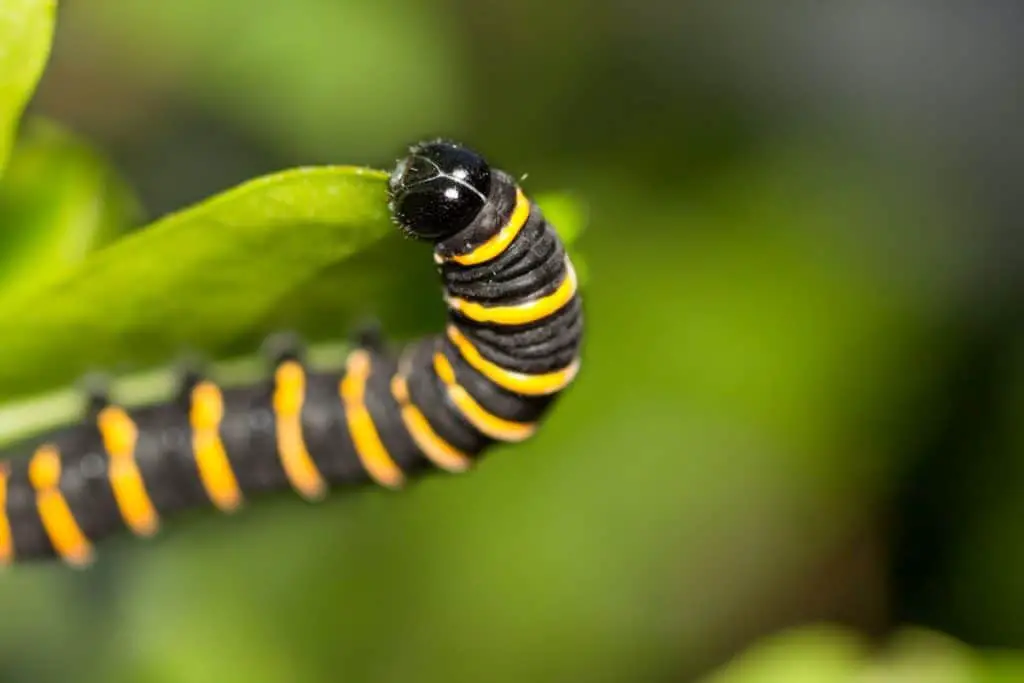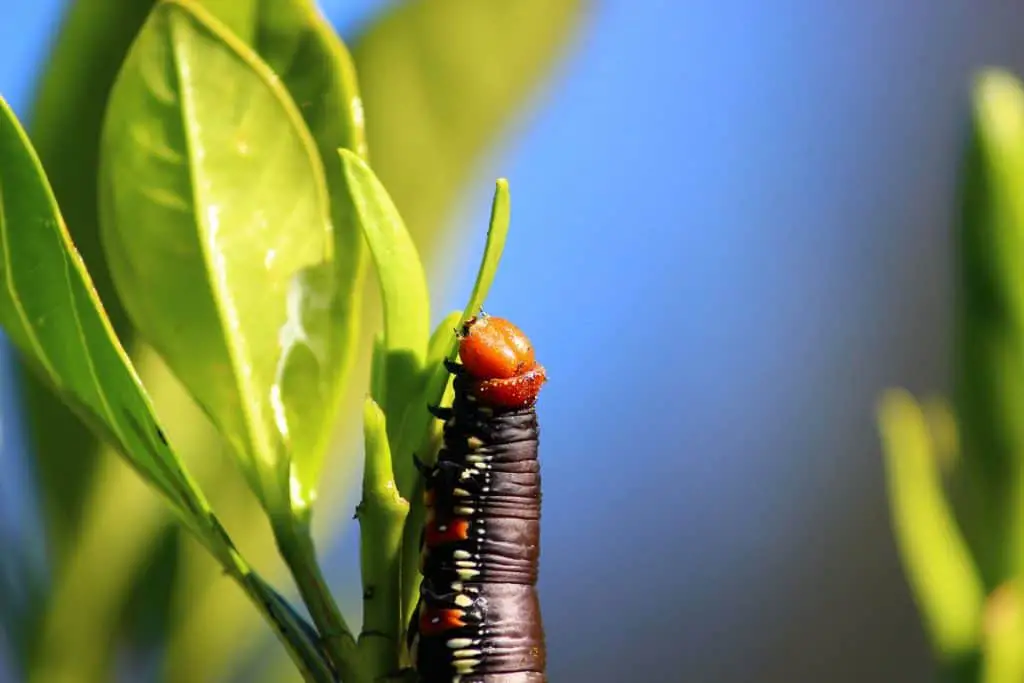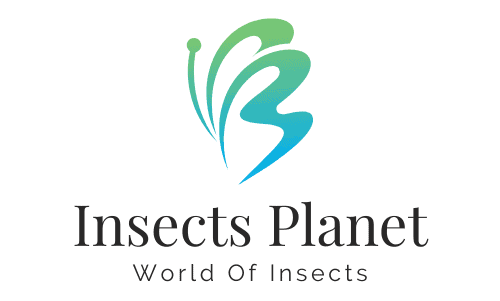Most people know that caterpillars eat a lot, but did you know that a caterpillar can eat up to 12 times its own body weight in a single day? That’s a lot of food!
Most of the time, caterpillars will only eat one type of plant. For example, the monarch butterfly caterpillar will only eat milkweed. This is because different types of plants contain different nutrients that the caterpillar needs in order to grow properly.
Once a caterpillar has eaten enough food and grown to its full size, it will enter the pupal stage. During this stage, the caterpillar’s body will undergo some major changes as it transforms into a butterfly or moth.
To Store Energy
One of the most important functions of eating for a caterpillar is to help them store energy. Caterpillars need to eat a lot because they are constantly growing and molting, which is a process where they shed their old skin and grow a new one.
In fact, caterpillars can eat between 175 – 200 leaves per day. Their voracious appetite is necessary as it goes through its three stages of growth:
- The Egg
- Larva
- Pupa Stages
This is an energy-intensive process, so caterpillars need to stock up on calories to help them get through this process. If not the caterpillar wouldn’t survive!
To Reserve Proteins
Caterpillars are voracious eaters, and they need to be in order to fuel their transformation into butterflies or moths. While in the caterpillar stage, these insects go through a process called “metamorphosis“, in which their bodies change dramatically.
They undergo rapid cell division in order to form:
- The wings
- Antennae
- Legs
- eyes
This process requires a lot of energy, and caterpillars get that energy by eating protein-rich plants! Without enough proteins, the caterpillar, wouldn’t form properly.
Related Article:

How Do They Digest All That Food?
Not only do caterpillars need to eat a lot of food, but they also have to be able to digest all that food quickly and efficiently. It turns out that caterpillars have a very efficient digestive system that is able to break down large amounts of food quickly.
When a caterpillar eats, the food is immediately sent to the midgut for digestion. However, because the midgut has no gastric caeca or other diverticula! this means the food moves through their gut very fast.
Most of the nutrients that caterpillars eat are absorbed in the midgut, and the waste is then ejected through its anus. This efficient digestive system allows caterpillars to eat massive quantities of food and continue growing at a rapid pace.
When Do Caterpillars Stop Eating?
Caterpillars will typically eat for (25-30 days), but, once the caterpillar reaches the Chrysalis Stage, They Stop Eating Entirely! However, during this time, they are very vulnerable. If its chrysalis is disturbed, the butterfly may not develop properly.
That’s why many butterflies build their cocoons in hidden places, like on the underside of leaves. Some even camouflage their cocoons to blend in with their surroundings!
What Do Caterpillars Eat The Most?
Caterpillars are eating machines and will munch on just about any type of plant material they can get their little mouths on. Some of the most common plants that caterpillars like to eat include cabbage, lettuce, and other leafy greens.
However, there are more than 20,000 species of caterpillars in the world, and each one has its own specific diet. For example, the monarch butterfly caterpillar only eats milkweed. Meanwhile, the swallowtail caterpillar will only eat Aristolochia plants.

What Happens When They Eat All The Leaves?
When caterpillars eat all the leaves, they will typically look for other food sources. This can include other plants, but sometimes they will also turn to eating leafy greens like vegetables.
If there is a lack of food, the caterpillars will not be able to survive and will eventually die off.
Why They Don’t Need Water
When a caterpillar eats a leaf, it doesn’t just digest the nutrients in the leaf. It also breaks down the cell walls in the leaf, which releases the water contained within those cells.
That water then gets absorbed by the caterpillar’s body and is used to keep it hydrated. That’s why you don’t see caterpillars drinking water.
Conclusion
So there you have it, now you know why caterpillars eat so much! The need for feeding is essential for this insect in order to continue growing and developing into an adult butterfly or moth.
Related Article:
